“There’s Jim,” he said. “He’s become more famous than me.” I froze. On January 22nd I was standing in the Blue Room of the White House. The president was calling to me, across the room, in front of the assembled press. He may just as well have said, there he is… big dumb Jim who thinks I cannot see the six foot eight inch oaf of an FBI director, clutching to blue curtains for dear life.
It’s true that I made the decision to stand by the blue drapes that day, in my matching suit, hoping not to be seen. It was the wrong call. But I knew, from my time in intelligence, the greater error lay in my failure to fully commit to the act. Of course, originally I hadn’t wanted to attend the ceremony at all. But after I decided on the chameleon tactic, I failed to draw upon any of my training or experience to ensure that the president would not call on me. If I’d thought more in that moment like an agent and less like a public servant, I might never have been pulled into the awkward hug/kiss/whisper that would soon be plastered across every political blog, over every cable newscast, on every front page.
I was off my game. It had been years since I’d done anything close to field undercover work. But I knew the training. In most circumstances my size dictated I’d be seen, making me better suited to situational countermeasures. Instead of trying to become window dressing, a wiser strategy would surely have been to stand beside another of the Jims in the room that day. Yes, a clumsy “Who me? Me Jim? Or him Jim?” bit of routine subterfuge would likely have failed just as artlessly. But it was no less sensible than the gamble I had chosen, relying unsuccessfully on my personal resemblance to a ceremonial curtain.
At that moment I decided: If my intent was to be in a room, any room in this White House, without being noticed, then I had a professional duty to accomplish that task with nothing less than 100% effectiveness. The next time I returned I would be properly camouflaged, properly hidden. No more half-measures.
I met the following day with a tailor who spent forty years with the Company. We were introduced in the Bush years, during one of many ‘DHS Orange-Threat-Level Security Socials’ that were de rigueur when I first arrived at Justice. The tailor had been instrumental in outfitting scores of successful covert operations dating back to the Cold War. A younger associate, an expert in modern tech and all contemporary means of disguise and diversion, accompanied him. Hereafter, I will refer to this CIA tailor only as the dresser in these pages. Likewise, his colleague will be referred to as the associate.
I told them about my embarrassment in the Blue Room, and my amateurish attempt to become one with the drapes. Half-man, half-décor, I quipped. They were sympathetic. We conceived an operation. I would sign in as a visitor to the West Wing, and make my way into the Oval Office. I would test how long I could remain unobserved. My attire would be the variable, the president and his key advisors, the constants, in our experiments in camouflage.
At Langley, we finalized our plan of action on January 29th, two days after my historically uncomfortable dinner with the president. I reviewed their specialized wardrobe recommendations. These initial strategy and outfitting sessions had wrinkles of their own.
I sensed some hesitancy early on, when we discussed my measurements. It was imperative they be brutally frank with me, our mission being so reliant on appearances. Flattery and politeness were luxuries we could not afford. They might jeopardize our task. In a moment of self-deprecation, I dubbed these potentially sensitive aspects of my appearance, the Frankenstein-factor. This candor appeared to put my team at ease. We even developed a shorthand to facilitate this compartmentalization. The associate, who shared an Italian ancestry with the dresser, gave me a codename for the operation— La Bestia.
One of the dresser’s early suggestions was based on cosmetic changes the Trump administration had already made to the Oval Office. In addition to adding President Jackson’s portrait and gaudy gold curtains, the new president had also insisted on placing more flags in the Oval Office, behind the famous Resolute desk. The dresser helpfully noted, given La Bestia’s looming size, it might work well to wear a flag as a shawl, ‘to conceal its unwieldy, gargantuan form.’ Soon, the associate was discussing the deployment of various types of flagpole-inspired headgear. I cut these discussions short. The new president had already demonstrated his preference was to sit behind his desk. We were testing my ability to avoid his detection under direct observation. The sensible course of action was to position me against the opposite wall. I reasserted, we must remain clear-eyed in our mission, namely hiding La Bestia (me) in plain sight.
Ultimately, the dresser fitted me for a jacket and slacks, fashioned in the pattern of customized wallpaper that still hung in the Oval from the previous administration. My suit would have three-inch camel-colored vertical stripes and a collar matching the room’s off-white trim. A discussion about whether sofa patterns should be integrated below the waist launched the associate down a rabbit-hole of digression about perspective, shadows, color shifts and time of day. I reined him back, before he began to suggest all manner of stealth tech. While I appreciated the intel he had gathered on upholstery, for our first outing simpler was better. My job was to become wallpaper, nothing more.
—
“Reince get in here, you whimpering cheesehead! The fly is back. Kill it!!!” The president bellowed for his chief of staff.
“Get the fly! Drain the swamp Preibus. You little Toad!” echoed Steve Bannon, as the former RNC chair nearly toppled an endtable, scrambling with his flyswatter.
It was February 2nd, the day of the operation. Everything had gone smoothly, right up until this moment. Now it threatened to spiral out of control. As planned, I wore my overcoat, concealing the wallpaper-patterned suit. I signed in, ditched the overcoat, and slipped into the Oval Office with a tour group. I lingered, standing still as possible against the wall. I had been there for 30 minutes before the solitary housefly appeared, threatening to blow my operation.
The fly alighted on my lapel. My eyes searched the room. Had I been discovered? Thankfully, no. The president and his confederates had grown bored of taunting Priebus and were on to other matters. No staring eyes. No mouths agape. No fingers outstretched, pointing at the pale lunk of a head that floated improbably in space, six feet off the floor.
Reince lunged at my midsection. Up close, I was struck by his resemblance, visually and temperamentally, to Peter Lorre, portraying the shifty underling in some 1940s noir. And even at this range, he still appeared convinced I was part of the Oval architecture. Again the fly eluded him. When his swatter snagged on one of my camouflage-dyed camel-cream lapel buttons, I was certain I was discovered. But no, his beady little eyes and sweaty brow were singularly focused on his nemesis, the fly. Without a second glance, he extracted the swatter from my outfit. Today, I still wonder if he thinks there are cloth buttons sewn into the wall of the Oval Office.
Prepared to abort the mission, after this close call, I considered inching toward the door. That’s when I saw something that chilled me to the bone. Standing beside the grandfather clock was Jared Kushner. Had he been there this entire time? When I arrived, I’d seen him speaking directly to the president, alongside Sean Spicer and KellyAnne Conway. I’d assumed he exited when that group dispersed twenty minutes earlier, leaving only Stephen Miller, Bannon and Trump.
Apart from the fly business, I have been careful to omit details of any conversations I observed that day. Mine was not a surveillance operation, and such conversations are likely classified and privileged. But this one crucial detail I must reveal because it has disturbing implications. This trio had mentioned Kushner repeatedly by name. It was vividly clear they did not realize he was still in the room, mere feet away, and like me had gone unnoticed for a half an hour, listening silently.
At the time concern was already mounting about glaring omissions from Kushner’s clearance forms, and within two months he would reportedly be instrumental in pushing for my own ouster at the FBI. And here he stood, invisible to everyone around him. How many meetings had he attended, undetected? I realized then that I was staring at a more formidable chameleon than I could ever hope to become— a man who was capable of hiding, without disguise, in a room with no corners.
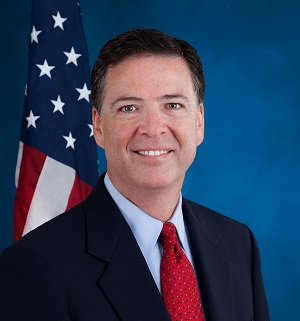
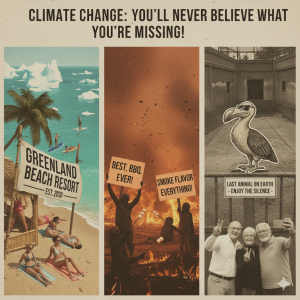
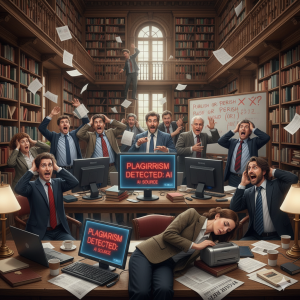
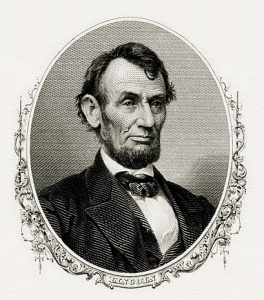
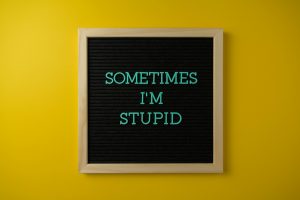

Be First to Comment